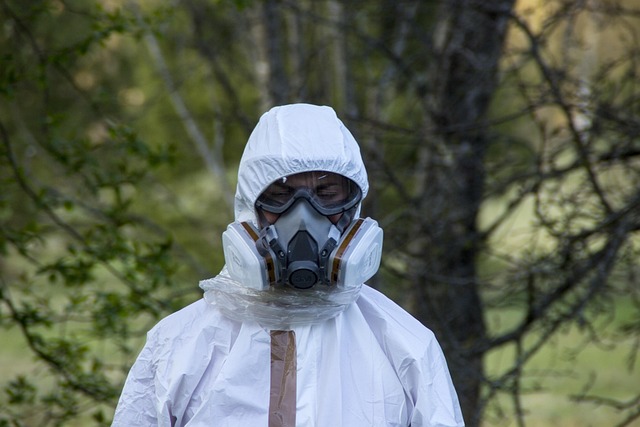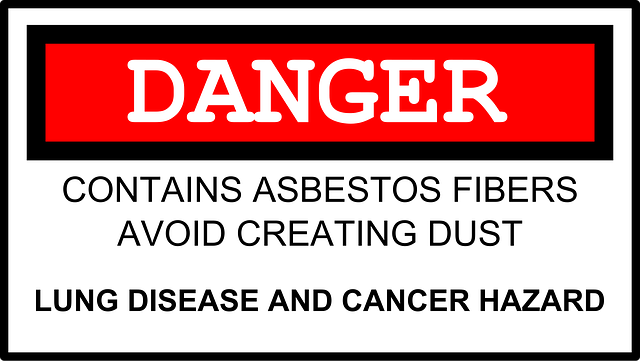Peoria's built environment may contain asbestos in materials like cement, flooring, insulation, and roofing shingles. Historical prevalence poses health risks, particularly for construction, maintenance, and renovation sectors. Understanding hazards and taking precautions when disturbing asbestos-containing materials is crucial to mitigate diseases like mesothelioma and asbestosis. Proactive awareness and safe management practices, including encapsulation, enclosure, or licensed removal, ensure public safety from Peoria asbestos exposure.
In Peoria, the presence of asbestos in various environments poses significant health risks. This ancient mineral, once widely used in construction and industries due to its fire-resistant properties, has been linked to severe diseases such as mesothelioma and asbestosis. Understanding where asbestos might be found and how it impacts residents is crucial for maintaining a healthy community. This article explores the asbestos landscape in Peoria, delves into related health issues, and presents effective strategies for safe management and mitigation.
- Understanding Asbestos Presence in Peoria Environments
- Health Impacts: Asbestos-Related Diseases in Residents
- Mitigation Strategies for Safe Asbestos Management in Peoria
Understanding Asbestos Presence in Peoria Environments

Asbestos, a mineral once widely used for its durability and insulation properties, can be found in various environments throughout Peoria. Historically, it was commonly utilized in building materials such as cement, flooring tiles, insulation, and roofing shingles. Even today, many older buildings and homes in Peoria may still contain asbestos, posing potential health risks to residents and workers.
The presence of asbestos in Peoria’s built environment requires careful consideration. Asbestos-related diseases, including mesothelioma and asbestosis, have been linked to prolonged exposure to the mineral’s fibers. Individuals who work in construction, maintenance, or renovation sectors are particularly at risk. Therefore, it is crucial for Peoria residents and professionals alike to be aware of potential asbestos hazards, especially when undertaking activities that could disturb asbestos-containing materials.
Health Impacts: Asbestos-Related Diseases in Residents

In the quiet, seemingly serene city of Peoria, an invisible threat lurks within certain residential areas—asbestos. This mineral, once heavily used in construction and insulation, has severe health implications for residents long after its initial use. Asbestos-related diseases, such as mesothelioma and asbestosis, are serious conditions that can lead to respiratory issues, chronic coughing, chest pain, and even death.
Peoria residents who lived or worked in buildings containing asbestos during its peak use period are at higher risk. The mineral’s microscopic fibers, when inhaled, embed themselves in the lungs, causing inflammation and scarring over time. This results in reduced lung capacity and a myriad of health problems, making it crucial for Peoria citizens to be aware of potential exposure risks and take proactive measures to ensure their well-being.
Mitigation Strategies for Safe Asbestos Management in Peoria

In the context of Peoria asbestos, effective mitigation strategies are paramount to ensure public health and safety. A comprehensive approach involves identifying and assessing asbestos-containing materials (ACMs) in buildings, especially those constructed before 1980 when asbestos use was more prevalent. Professional inspection and testing services play a crucial role in this process, as they employ specialized equipment and techniques to accurately detect and quantify ACM levels.
Once ACMs are located, several safe management options are available. For minor instances, such as damaged or loose asbestos, encapsulation or covering can be employed to prevent fiber release. Enclosure is another strategy, where the affected area is sealed off, effectively containing the asbestos within a controlled space. In more severe cases, removal by licensed professionals is necessary, utilizing appropriate personal protective equipment (PPE) and adhering to strict regulations to minimize exposure risk. Regular monitoring and maintenance are essential components of long-term management, ensuring that any residual asbestos remains contained and does not pose a health hazard to Peoria residents or workers.
Asbestos remains a significant health risk in Peoria environments, with its presence in various historical buildings and industries. The article has highlighted the potential for asbestos-related diseases among residents and underscored the importance of proper mitigation strategies. By understanding the extent of asbestos in our communities and implementing safe management practices, we can protect public health and ensure a safer future for Peoria. Effective handling and removal methods, as discussed, are essential steps towards mitigating these risks associated with Peoria asbestos.
